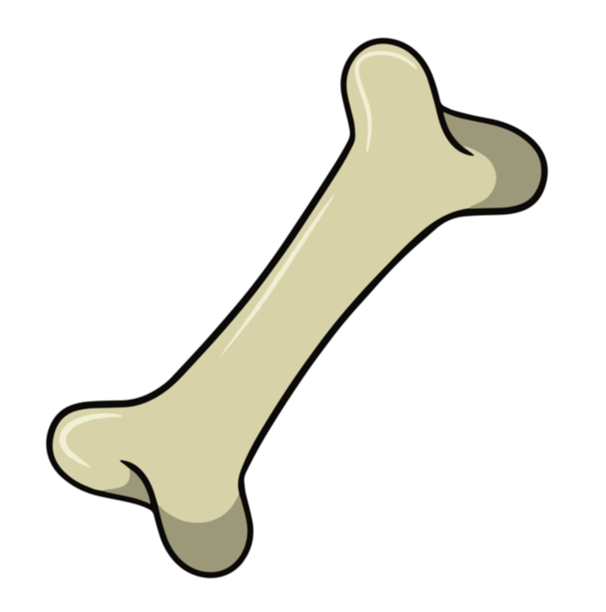Description
A rigid internal organ found in most vertebrate animals. Part of the skeleton.
Functions
Mechanical
- Provide structure and support of the body
- Protect other organs
- Conductive hearing (ear ossicles)
Note: Bone has high compressive strength, fair tensile strength, and very poor shear stress strength
Synthetic
- Produce blood cells (by bone marrow)
Metabolic
- Mineral storage: most notably calcium and phosphorus
- Other novel functions
Types of bone
By location
- Axial = skull + spine + ribs
- Appendicular = upper + lower extremities
By shape
- Long
- Short
- Flat
- Sesamoid
- Irregular
Macroscopic anatomy
Long bone
- Epiphysis
- Physis = growth plate/epiphyseal plate in children
- Metaphysis
- Diaphysis
Microscopic anatomy
Composition
Organic components (30%)
Inorganic components
(bounded mineral; 70%)
- Calcium hydroxyapatite
- Give compressive strength
Lamellar bone
Mature bone that is mechanically strong. Composed of osteons which are columns of circling lamellar structure containing layers of bony cement and osteocytes in lacunae which interconnected via canaliculi (gap junction).
- Cortex = compact bone
The harder outer layer. It’s osteons has central Haversian canal containing neurovascular element. It is cover by a periosteum on its outer surface and an endosteum in its inner surface. - Trabeculae = cancellous bone = spongy bone
The inner bone tissue interspersed with loosely arranged osteon and bone marrow. Its osteon does not have central Haversian canal.- Marrow
- Red marrow
- Yellow marrow
- Marrow
Woven bone (= fibrous bone)
- Unlike lamellar bone, it is mechanically weak.
- Composed of disorganized collagen fibers. Produced when osteoblasts produce osteoid rapidly.
- Normal fetal bone before developing into lamellar bone.
- In adults
- Healing fractures (callous formation)
- Paget’s disease
Ossification
Development of bone occurs by two processes
Intramembranous ossification
Bone formed from mesenchyme tissue.
Found in
- Flat bones of the skull
- Maxilla and Mandible
- Clavicles
Process
Ossification center → Calcification → Trabeculae → Periosteum
Endochondral ossification
Found in
- Long bones
- Most other bones
Process
Cartilaginous model: hyaline cartilage
- Primary ossification (mostly prenatal) → diaphysis
- Secondary ossification (postnatal) → epiphysis
- Epiphyseal plate: growing zone of cartilage
This zone is replaced by bone at skeletal maturity (18-25 years of age), fusing diaphysis and epiphysis together.
Conversion of cartilage to bone
- Zone of reserve cartilage
- Zone of cell proliferation: multiplying chondrocytes in lacunae
- Zone of cell hypertrophy: enlargement of chondrocytes and lacunae
- Zone of calcification: temporally calcify matrix between lacunae
- Zone of bone deposition: Collapsed of lacunae → angiogenesis and bone marrow invasion → osteoblasts and osteoclasts migration

Leave a Reply